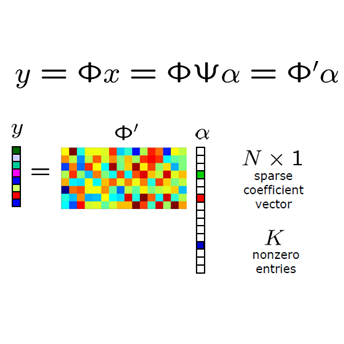We present our vision for a departure from the established way of architecting and assessing communication networks, by incorporating the semantics of information for communications and control in networked systems. We define semantics of information, not as the meaning of the messages, but as their significance, possibly within a real time constraint, relative to the purpose of the data exchange. We argue that research efforts must focus on laying the theoretical foundations of a redesign of the entire process of information generation, transmission and usage in unison by developing: advanced semantic metrics for communications and control systems; an optimal sampling theory combining signal sparsity and semantics, for real-time prediction, reconstruction and control under communication constraints and delays; semantic compressed sensing techniques for decision making and inference directly in the compressed domain; semantic-aware data generation, channel coding, feedback, multiple and random access schemes that reduce the volume of data and the energy consumption, increasing the number of supportable devices.
翻译:通过将通信和控制信息的语义和语义结合到联网系统中,我们提出了脱离既定的通信网络设计和评估方式的愿景。我们把信息语义定义为信息语义,不是信息的含义,而是信息语义的意义,可能与数据交换的目的相比,在实时限制的情况下,可能是其意义。我们主张,研究工作必须侧重于为重新设计整个信息生成、传输和使用过程奠定理论基础,同时开发:先进的通信和控制系统的语义度;最佳抽样理论,将信号孔径和语义结合起来,在通信制约和延误下实时预测、重建和控制;用于在压缩区域直接决策和推断的语义压缩遥感技术;生成语义学数据、频道编码、反馈、多种和随机访问计划,以减少数据和能源消耗量,增加可支持装置的数量。





